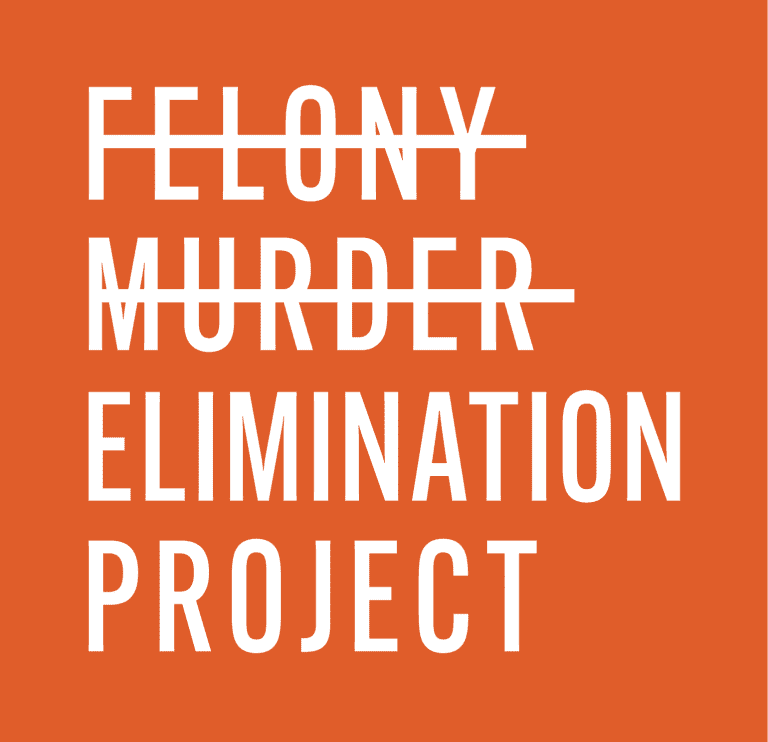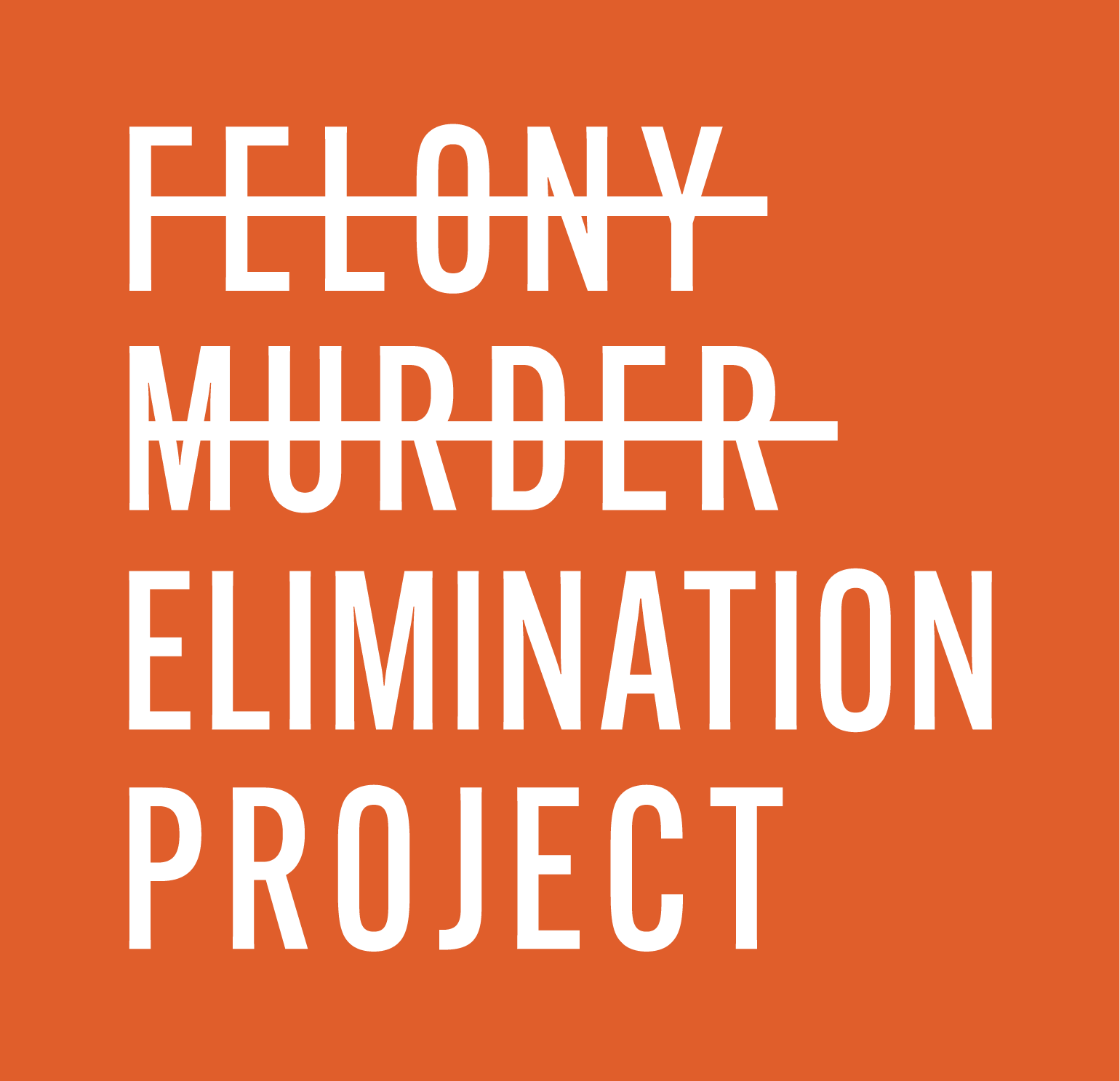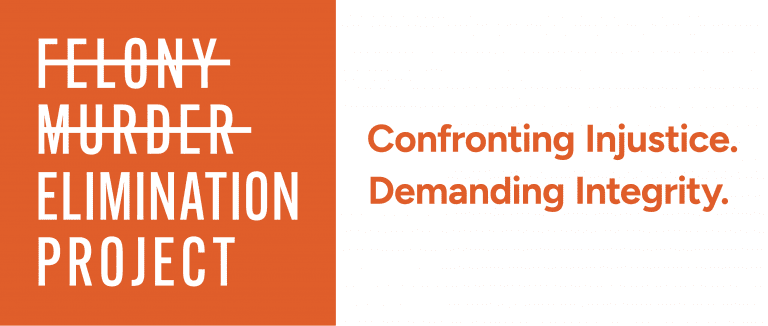Stories
of Justice
Denied
How felony murder affects lives:
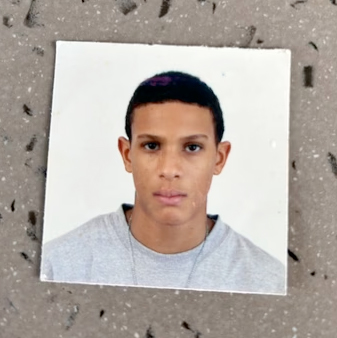
Sadik Baxter
Sadik Baxter set out to steal from parked cars with a friend. He was promptly arrested while his friend left the scene in a vehicle, ran a red light, and killed two cyclists. Baxter was in the back of a police car, in handcuffs, when this occurred.
Even though Baxter played no role and could never have foreseen the two deaths that occurred, he was charged with and convicted of first-degree murder through the felony murder rule.
He’s now serving a life sentence without possibility of parole.


D’Angelo Burgess
D’Angelo Burgess was pulled over for a routine traffic stop. Instead of complying with an officer’s requests, he sped away, leading to a high speed chase. The officer chased him in his cruiser at speeds exceeding 100 miles per hour.
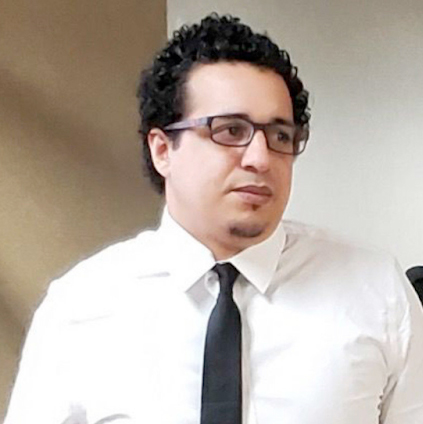


During the chase, the police officer accidentally hit Officer Meyer who was parked on the side of the road. Office Meyer tragically passed two days later. Even though Burgess was over 100 yards away at the time of the accident, he was convicted of the officer’s murder. His conviction was made possible only through the felony murder rule.

Tammy Cooper Garvin
Tammy Cooper, a California woman who was sex trafficked at 14, spent 28 years in prison for a murder committed by her abusive trafficker. At the time of her arrest in 1991, Tammy had survived compounded physical and sexual trauma.
She was 32 years old when her most recent abuser pressured her into saying which of her clients he might be able to rob. Tammy drove him to the scene and waited in the car. When it seemed like it was taking him too long to return, Tammy entered the building and realized her abuser had killed the client. Terrified and traumatized, Tammy ran from the scene with him.
As a result, Tammy and her abuser were both charged with murder: the felony murder rule was used to hold them equally culpable, even though Tammy did not cause the death the client.
Tammy’s abuser threatened to kill her and her father if they testified against him. Under threat, Tammy revoked her testimony and her father refused to testify. Even though Tammy’s abuser had admitted to her father that he had committed the murder, the police botched the handling of the evidence and her abuser was ultimately acquitted.
She served 28 years and he walked free.


Tremane Wood
Tremane Wood is a young Black man who faces execution in Oklahoma even though he did not kill anyone.
The confessed killer — Tremane’s violent and abusive older brother — received a life sentence.
This injustice resulted from a deadly combination of racism, incompetent defense lawyering, and other hallmarks of Oklahoma’s broken death penalty system.
As a result of counsel’s failure to investigate or prepare for Tremane’s defense, the trial’s penalty phase began and ended in a single afternoon. Moreover, Tremane’s lawyer was paid a total of just $10,000 for the case – an amount that would have equated to less than $1.00 per hour if he had done the work required to adequately defend a capital case. By contrast, Tremane’s brother – the person who admitted killing Ronnie Wipf – was represented by three experienced capital defense lawyers and two investigators who successfully fought to defend him against the death penalty.
The tragic outcome results in the admitted killer being sentenced to life without parole while Tremane was sentenced to death by execution.
Lakeith Smith
Teen sentenced to 30 years after an officer killed his friend.
In 2015 LaKeith Smith, a 15 year old at the time, was the youngest of a group of friends that broke into two unoccupied homes in Alabama to steal video games. When police arrived to the home the boys ran. Alabama police killed 16 year old A’Donte Washington by shooting him in the back as he was running away. 15 year old Lakeith was tried as an adult and is currently serving a sentence of 30 years in prison for the death of A’Donte. A’Donte’s father said he does not hold LaKeith responsible, yet LaKeith languishes in prison for decades if his sentence remains unchanged.
Anthony's Story
The unintended consequence.
Anthony Vigeant, a 20 year old administrative clerk, was drinking and watching football with fellow Marines when he went with two others to retrieve a laptop computer that had been sold but not paid for. When one of the two became frustrated that the person with the computer “was not following a direct order”, he pulled a gun and killed him. Though Anthony went with no intention of harm, he, along with the others, were convicted of first-degree murder under California’s felony murder rule and sentenced to life without the possibility of parole.
Ryan Holle
Convicted by association.
At 20 years old, Ryan Holle was convicted of first-degree murder for lending his car to friends who later used it to commit a robbery that resulted in a death. Ryan was not present at the scene and had no knowledge of his friends’ intentions. Nevertheless, under the felony murder rule, he was held equally responsible and sentenced to life without parole. Ryan’s case highlights the extreme and often unjust applications of the felony murder rule, driving urgency for legislative reform.
Brandon Hein
A case of collective punishment.
Brandon Hein was only 17 when he was involved in a fistfight that led to a fatal stabbing. Despite not inflicting the fatal wound, Brandon was charged with first-degree murder under the felony murder rule and sentenced to life in prison without the possibility of parole. His case exemplifies how the felony murder rule can lead to disproportionately severe punishments for those tangentially involved in a crime.
Share Your Story
Your story has the power to make a difference.
At the Felony Murder Elimination Project, we understand that personal experiences can be a powerful catalyst for change. By sharing your story, you contribute to a growing movement aimed at reforming unjust laws and bringing awareness to the profound impacts of the felony murder rule. Whether you have been directly affected or have witnessed the effects on a loved one, your voice matters. Together, we can shine a light on these injustices and work towards a fairer, more equitable legal system.
